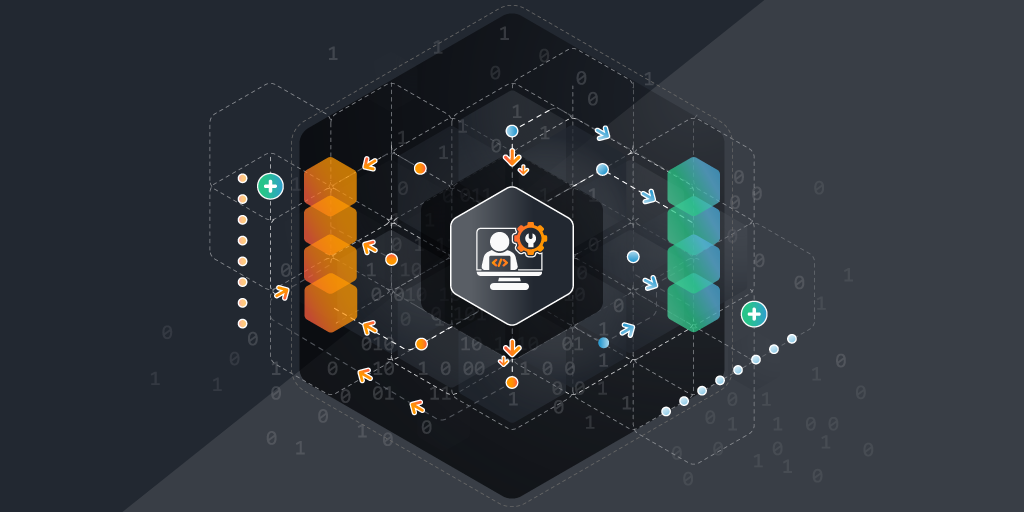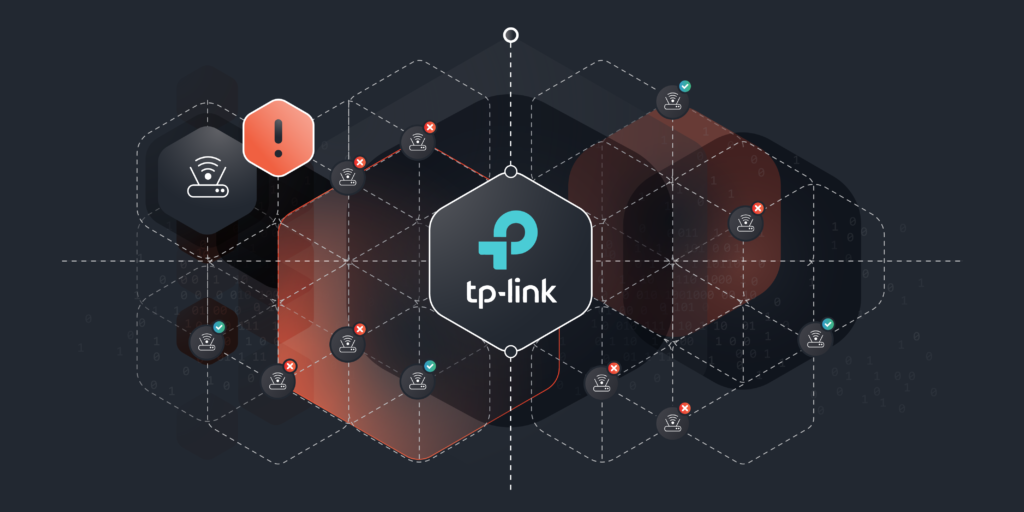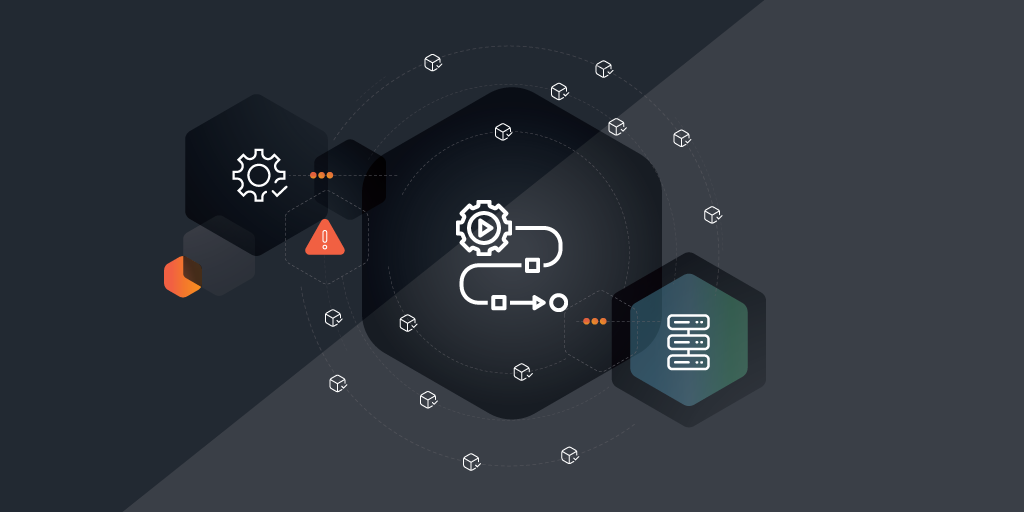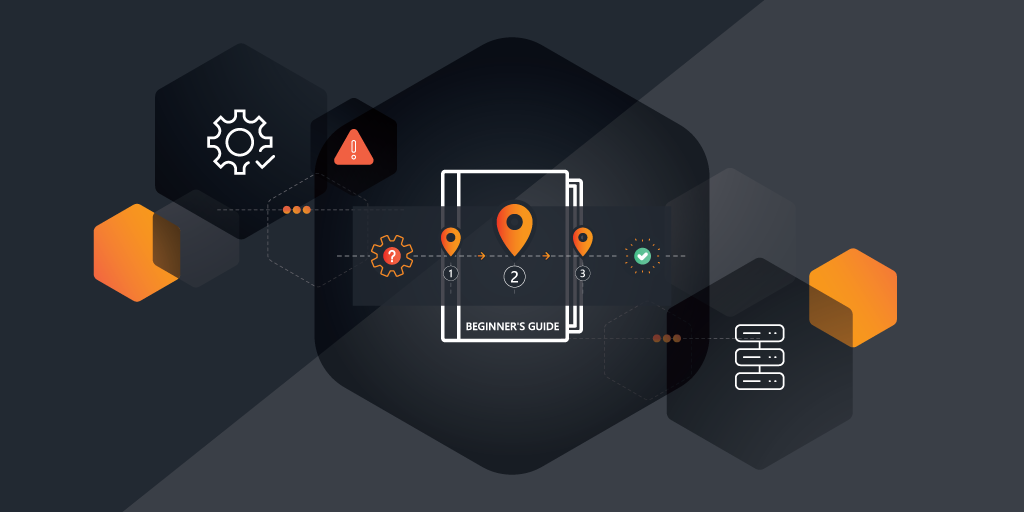
Do you know who has access to your data? With the way today’s digital landscape rapidly evolves and spreads it can be a challenge to keep track of who has access to which data, resources, and systems. Identity Access Management or IAM ensures that only authorized users have access to your sensitive data and resources, strengthening your security posture and improving operational efficiency.
What Is Identity Management and Why Is It So Important?
Identity Access Management (IAM) is a framework of processes, policies, and technologies that ensure the right users have access to the right resources within an organization. It is a critical part of cybersecurity and IT governance and is managed through securing user identities and controlling their access to applications, systems, and networks.
This ensures that authorized users have access to the resources they need to do their jobs, while preventing unauthorized users from gaining entry. To this end, IAM systems use different methods like SSO, MFA, or RBAC (role-based access control). As it often concerns sensitive data or critical systems and information, proper identity asset management is a requirement of many regulatory standards like GDPR, HIPAA, or SOX.
Thanks to IAM technologies, you can be sure all access privileges are granted according to your company policies. By automating identification, verification, and authorization processes, they free up time for your IT team to focus on other tasks and your other employees don’t need to wait for permission to access the data and systems they need to carry out their tasks.
Best Practices for Secure Identity Access Management
IAM practices will affect all departments and all users at all levels of your organization. When you do implement IAM, you want to make sure you have everything planned out before deploying your IAM solution. Here are a number of best practices:
Run the Numbers
Make sure you have a comprehensive list of all users, systems, solutions, devices, applications, and services in your organization that will be affected. Knowing exactly what you are working with will prevent gaps in the system that you will need to patch later down the line. It also helps with choosing the IAM system that is best suited for your organization.
Implement the Right Access Controls and Authentication Mechanisms
There are many authentication and access controls to choose from. Most businesses are already familiar with Multi-Factor Authentication (MFA) or Single Sign-On (SSO). The main types of access control (Discretionary, Mandatory, Role-Based, and Attribute-Based) may sound less familiar to some. As always, it pays to look into the different options and select the one best fitted for your organization.
Plan for the Future
Your organization will continue to grow and expand and change shape as time goes on. Make sure that the IAM system you implement is scalable and flexible enough to shift with your organization. Monitor and audit your identity and access activities to make sure that they remain up-to-date, secure, and effective. Regularly review user access rights and roles and remove outdated or unnecessary access.
Keep Your IT Estate Up-to-Date
Regularly update and patch your hard- and software. Strong access controls are important, but won’t protect you if unpatched vulnerabilities are poking holes in your security. Outdated systems allow attackers to bypass your IAM controls and lead to unauthorized access and potential data breaches.
Secure Identity Management
One major concern when dealing with identity management is protecting sensitive identity data. While IAM protects your sensitive data from potential breaches, protecting your users’ personal data in the process is equally important.
Protecting data at rest as well as in transit through encryption and secure communication protocols prevents interception and tampering. Several data privacy regulations like GDPR or HIPAA have strict requirements on how personal data is handled. These regulations can serve as a guide to help you make sure that your user data is safe and secure both in your IAM tools and the organization at large.
Keep an Up-to-Date IT Inventory
Keep a comprehensive inventory of your IT assets, including hardware, software, network devices, and users. Knowing what assets exist and their current state is essential for defining who should have access to what. It allows for easy asset-to-user mapping which ensures that access rights are mapped to the right users and devices.
Why Integrate IT Inventory and IAM
Accurate and comprehensive IT inventory provides a detailed insight into hardware, software, network resources, and their interdependencies within an organization. This data is essential for effectively managing and controlling user access. It ensures your IAM processes are aligned with the actual assets in use and how they relate to your company’s resources, processes, and users.
By maintaining a precise inventory, you can easily map users to specific devices and applications. That way you can more accurately enforce appropriate access controls, and quickly identify any unauthorized users on certain devices and systems.
By integrating your IT inventory data with IAM systems, many IAM processes can be automated like updating access rights as assets are added, removed, or reconfigured. This ensures that IAM policies are consistently applied across the entire IT environment as it grows and evolves. Regularly update your IT inventory so that access is always granted or revoked based on the most current and accurate asset information.
How Lansweeper Fuels Your IAM Endeavours
Like many security processes, good Identity Access Management starts with reliable IT asset inventory management. Lansweeper comprehensive IT data should be your first resource when starting your IAM journey. Our unrivaled discovery finds all your hardware, software, and users and helps you map out your assets and users so you can more easily understand their relations.
Lansweeper’s active directory scanner, scans all users within a Microsoft Active Directory user path or Azure Active Directory, no matter their status. Easily track all your users, groups, and their properties, including rights and permissions. This information is essential for building and managing your access control policies and for IAM in particular. Thanks to Lansweeper’s built-in or custom-made reports this information can easily be reported on, giving you clear insights into your user information in a click.
Lansweeper seamlessly integrates with your IAM and security tools so you also have up-to-date asset information at your fingertips to fuel and automate your IAM processes.
Choosing the Right IAM Solution for You
We’ve hinted at it before, that choosing the right IAM solution for your organization is a critical decision both for your security profile and adherence to regulatory standards. When choosing an IAM solution consider key factors like scalability, ease of use, the ability to support diverse environments such as cloud, on-premises, and hybrid systems, as well as the cost of implementation and maintenance.
Choose a solution that offers the full package, including MFA, SSO, role-based access controls, and auditing and reporting capabilities for compliance purposes. Make sure it has the necessary encryptions and secure communication to protect your identity data. Look for advanced and granular access controls to offer an extra layer of protection.
Lastly, search for a tool that seamlessly integrates into your current systems. This will help with a smooth implementation with a minimum of workarounds as well as centralizing your IAM efforts.
Reliable IAM, Powered by Reliable IT Asset Data
The right IAM system, supported by accurate IT inventory data, comprehensive security practices, and integration with existing IT infrastructure, serves as the backbone of your cybersecurity strategy. It protects your most critical resources from unauthorized access, safeguards sensitive data and maintains compliance with regulatory standards. At the same time, it ensures that all users have access to the resources they need to keep your operations running smoothly.
As your organization evolves, so should your IAM strategy—remaining scalable and flexible, always adapting to emerging threats.


